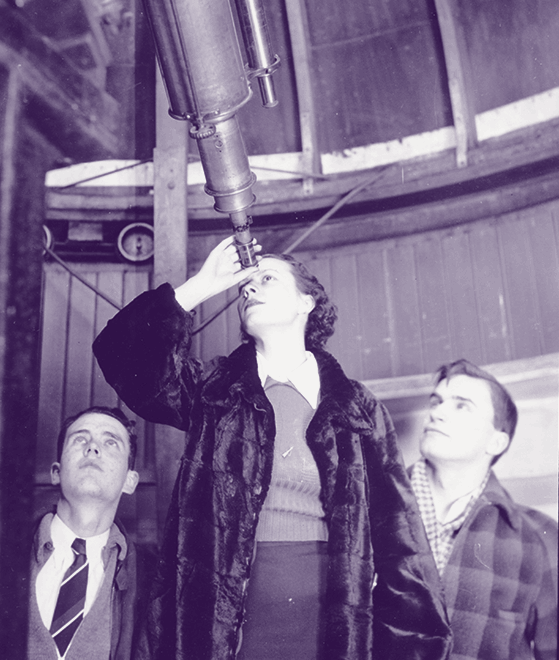

Jennifer Lippincott-Schwartz Receives Honorary Degree
Knox College is honored to present Jennifer Lippincott-Schwartz, Senior Group Leader at Howard Hughes Medical Institute’s Janelia Research Campus and a founding member of the Neuronal Cell Biology Program at Janelia, for the degree of Doctor of Science.
Growing up with a periodic table hanging in her family’s household kitchen, Dr. Lippincott-Schwartz learned about her father’s work as professor of physical chemistry at the University of Maryland, inspiring her passion for science. For her undergraduate degree, she attended Swarthmore College, where she majored in psychology and philosophy and graduated with honors in 1974. She then taught high school science in a rural village in Kenya for two years, before returning to the United States to attend a master’s program in biology at Stanford University. There, she worked on DNA repair in the laboratory of Philip Hanawalt—the biologist who discovered the process of repair replication of damaged DNA. She then earned a Ph.D. in biochemistry at Johns Hopkins University, where she studied the dynamics of membrane proteins.
After post-doctoral work at the National Institutes of Health in Bethesda, Maryland, she headed her own research group there, becoming Distinguished NIH Investigator and Chief of the Section on Organelle Biology in the Cell Biology and Metabolism Branch of the National Institute of Child Health and Human Development. In 2016, she joined the Howard Hughes Medical Institute–Janelia Research Campus to initiate the neuronal cell biology program at Janelia. As a senior leader there, she directs a lab that investigates the organization and dynamics of cells.
Dr. Lippincott-Schwartz has made major contributions to our understanding of how cells compartmentalize and coordinate their constituents for cell homeostasis in healthy and diseased states. Her lab devised and applied numerous innovative fluorescent imaging techniques to label, visualize, quantify, and model specific protein populations and organelles in living cells.
Of particular note is the lab’s creation of a protein that is invisible until activated by UV light, when it becomes bright fluorescent green. Before this work, it was thought that membrane proteins and plasma membranes were fixed in place. However, this technique proved that molecules within cells move quite rapidly and are able to diffuse freely—a substantial shift in how scientists understand the components of cells.
This opened a new field by making it possible to label and image specific protein populations, enabling measurement of their turnover rates and determination of their temporal expression patterns in living cells or organisms. Working with physicist colleagues, Lippincott-Schwartz showed this protein could be used to break the diffraction barrier in light microscopy, launching super resolution technologies that are currently defining nanoscale architecture within cells.
Dr. Lippincott-Schwartz’s work has been widely recognized within the scientific community, including through her elections to the National Academy of Sciences, the National Institute of Medicine, and the American Academy of Arts and Sciences. She served as president of the American Society of Cell Biology in 2013, has published more than 280 scientific papers, and is co-author of the textbook Cell Biology, used by college and graduate students throughout the world.
In recognition of her commitment to education in cell biology, and her accomplishments in research, we present Jennifer Lippincott-Schwartz for the degree of Doctor of Science.
Read about our other 2021 honorary degree recipients:
Published on June 05, 2021

